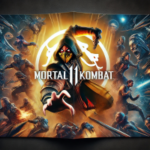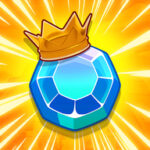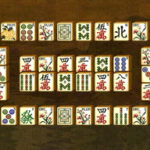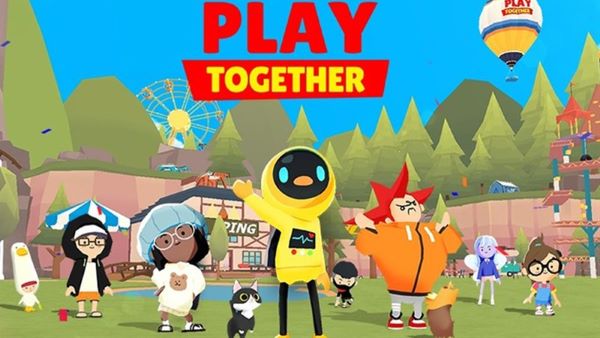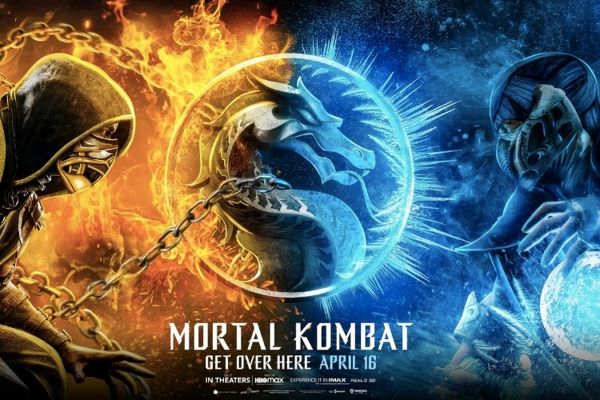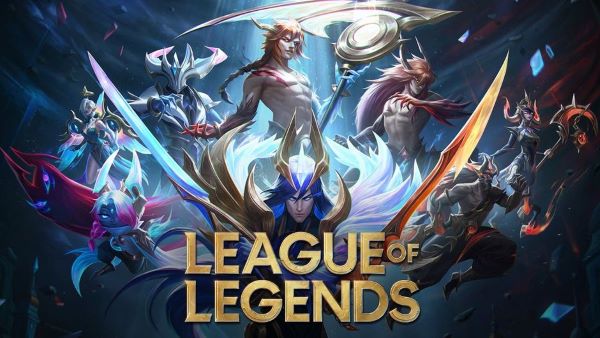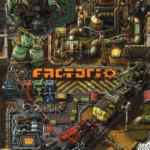League of Legends, developed and published by Riot Games in 2009, is one of the most influential and successful multiplayer online battle arena (MOBA) games in history. Known for its fast-paced, strategic 5v5 gameplay and evolving champion roster, it redefined online competition and laid the foundation for modern esports. From college dorms to sold-out stadiums, League of Legends continues to dominate the global gaming stage more than a decade after its release.
1 Origins and Early Development
League of Legends was inspired by the Warcraft III mod Defense of the Ancients (DotA), but aimed to streamline and expand on the MOBA genre. Riot Games, founded by Brandon Beck and Marc Merrill, envisioned a free-to-play game supported by microtransactions that emphasized balance, skill expression, and teamplay. The game officially launched in October 2009 with 40 champions and a small but growing fanbase. Its early success came from its accessibility, low system requirements, and community-driven approach.
2 Core Gameplay and Objectives
Each League of Legends match takes place on Summoner’s Rift, where two teams of five players compete to destroy the opposing team's Nexus, located deep within their base. Players choose from over 160 champions, each with unique abilities and playstyles. Matches involve strategic laning, jungling, objective control, team fights, and map awareness. Gold and experience gained during the match allow players to level up and purchase items, enhancing their power. No two games are ever the same, thanks to evolving meta and dynamic teamwork.
3 Champion Diversity and Meta Evolution
One of League’s core strengths lies in its massive and ever-expanding roster of champions. From assassins and mages to tanks and marksmen, players can find characters that suit their individual playstyles. Riot regularly releases new champions and reworks older ones to keep the game fresh. Each champion contributes to the ever-shifting “meta”—the optimal way to play the game based on current balance changes. Professional matches and high-ELO play often influence how the wider community approaches each patch cycle.
4 Ranked System and Competitive Play
League of Legends offers a robust ranked mode with tiers from Iron to Challenger. Players climb the ladder through wins, with ranks reflecting skill and commitment. Ranked matches are more intense and competitive than casual ones, encouraging players to improve their mechanics, game sense, and communication. The climb is often seen as a badge of honor, with high-rank players gaining prestige within the community. The competitive spirit of ranked play has helped the game stay engaging for hardcore fans.
5 Esports and Global Phenomenon
League of Legends has become a pillar of global esports. The annual League of Legends World Championship draws millions of viewers, with regional leagues like LEC (Europe), LCS (North America), LCK (Korea), and LPL (China) showcasing top talent. Riot Games invests heavily in production, broadcasting, and event hosting, turning professional matches into world-class spectacles. Players like Faker, Uzi, and Doublelift have achieved international fame. The esports scene has driven massive growth, sponsorships, and mainstream recognition for competitive gaming.
6 Lore, Universe, and Expansions
While League began as a gameplay-first experience, Riot has invested heavily in its lore. Champions come from the world of Runeterra, a richly imagined universe with factions, politics, and magical history. This expanded into comics, cinematics, and even the Emmy-winning Netflix series Arcane. The lore adds depth to characters and fuels fan engagement beyond the game. Riot’s other titles like Legends of Runeterra and Teamfight Tactics also share this universe, creating a connected franchise ecosystem.
7 Skins, Cosmetics, and Monetization
League of Legends uses a free-to-play model supported by cosmetic microtransactions. Players can purchase skins, emotes, chromas, and loot boxes using real money or in-game currency. Riot frequently releases high-quality skin lines like PROJECT, Star Guardian, and K/DA, complete with thematic animations and voice effects. While some skins are expensive or time-limited, the system avoids pay-to-win mechanics, keeping the gameplay fair. Events, battle passes, and rotating shops further engage players without requiring payment for performance.
8 Community and Content Creation
League of Legends boasts one of the largest gaming communities in the world. Content creators on YouTube, Twitch, and TikTok produce gameplay highlights, educational videos, music videos, and fan theories. Riot supports this with API tools, creator spotlights, and collaborations. However, the community is also known for its intensity, and player toxicity in solo queue has long been an issue. Riot has implemented honor systems, report features, and behavioral rewards to address this, with mixed success.
9 Patches, Balance, and Live Service
League operates on a biweekly patch system, introducing champion buffs, nerfs, item adjustments, and bug fixes. Riot’s balance philosophy emphasizes both data-driven analysis and community feedback. While this keeps the game dynamic, it also leads to frequent meta shifts that can frustrate casual players. New champion releases and reworks often shake up the competitive landscape. Despite occasional missteps, Riot has maintained League as a live-service success, constantly evolving to retain its massive player base.
10 Legacy and Long-Term Influence
After more than a decade, League of Legends is still one of the most-played games globally. It has inspired competitors like Dota 2, Smite, and Mobile Legends, and helped solidify esports as a legitimate global industry. With continual innovation, community engagement, and expansion into new genres and media, League’s legacy is secure. It’s a game that has shaped millions of friendships, rivalries, careers, and moments in gaming history.
Conclusion A Gaming Juggernaut That’s Still Evolving
League of Legends is more than just a MOBA—it’s a living, breathing ecosystem of competition, creativity, and culture. With its deep gameplay, massive champion roster, thriving esports scene, and connected universe, it remains at the forefront of online gaming. While it has its flaws, its ability to adapt and captivate keeps players returning year after year. Whether you're climbing ranked, watching Worlds, or cosplaying your favorite champion, League of Legends continues to deliver an unmatched gaming experience.
Final Rating 4.8 out of 5






